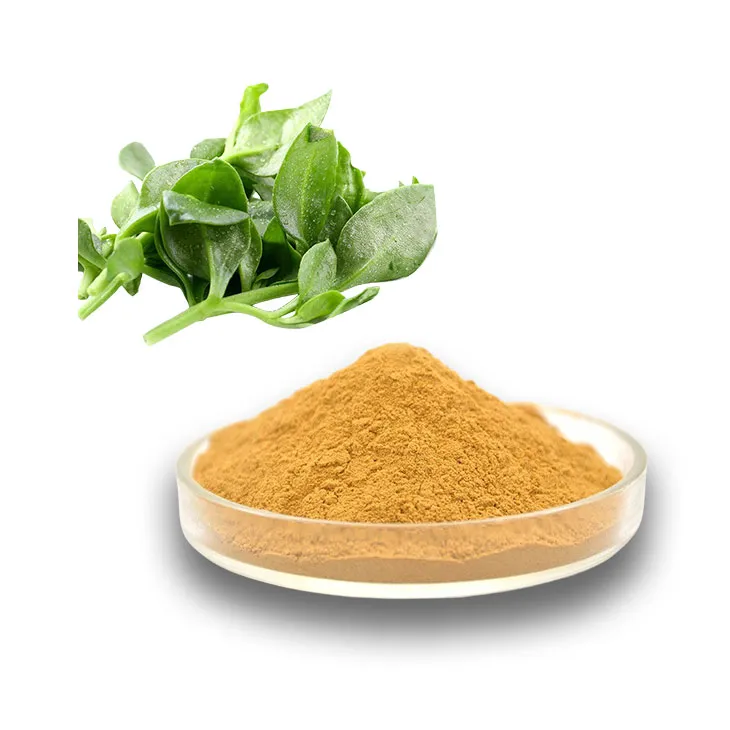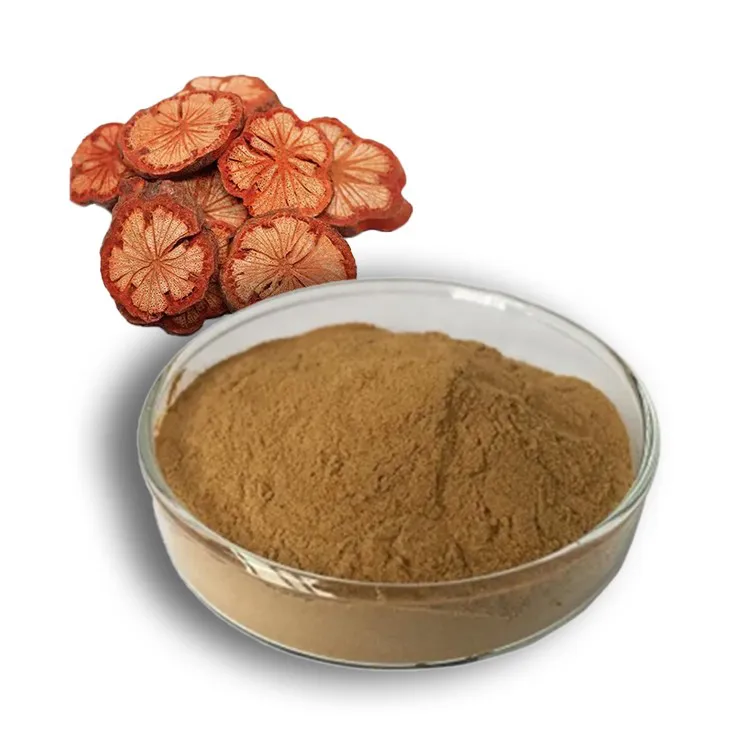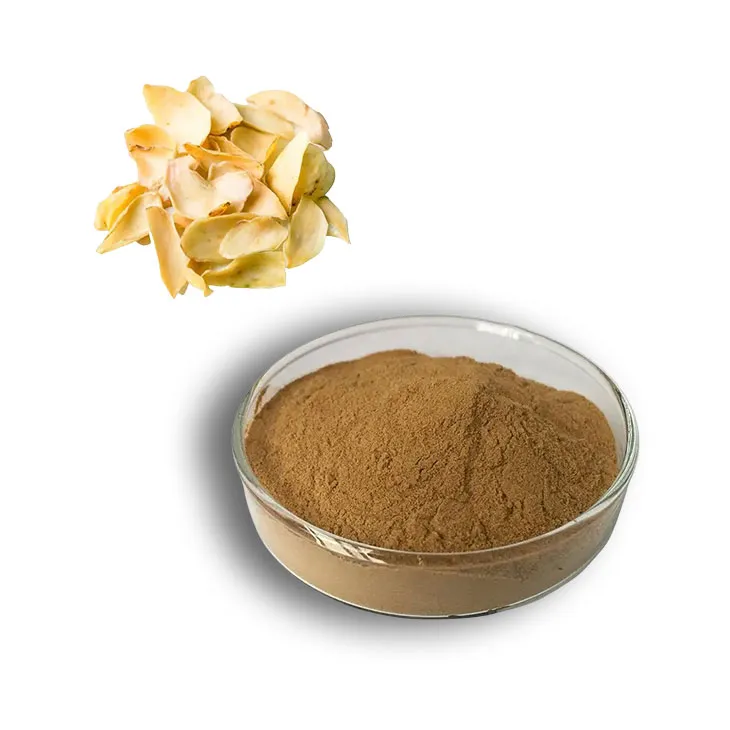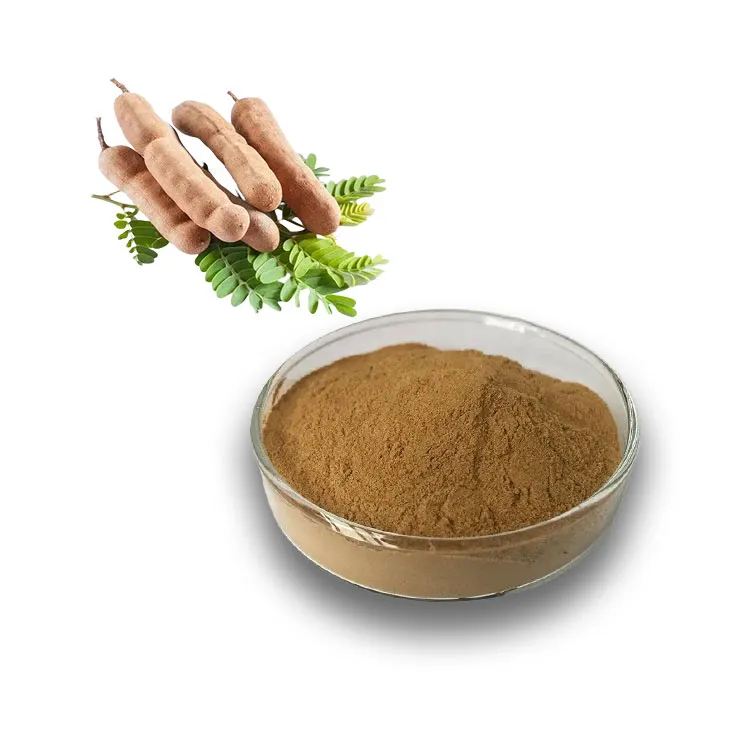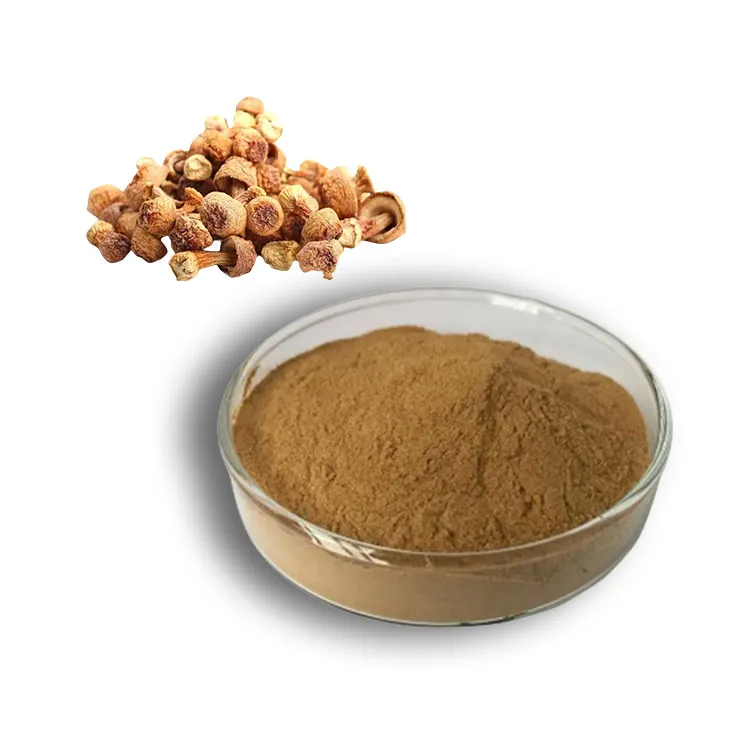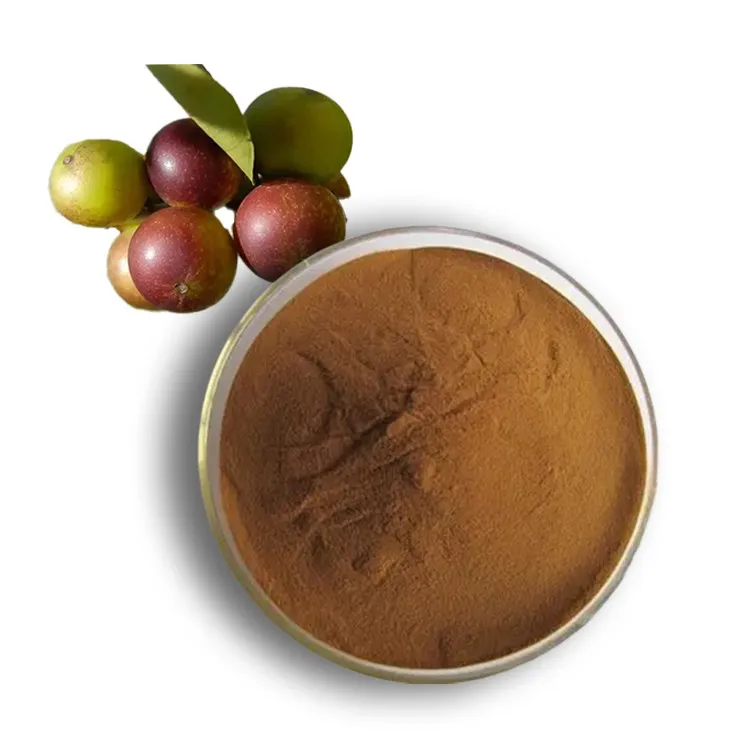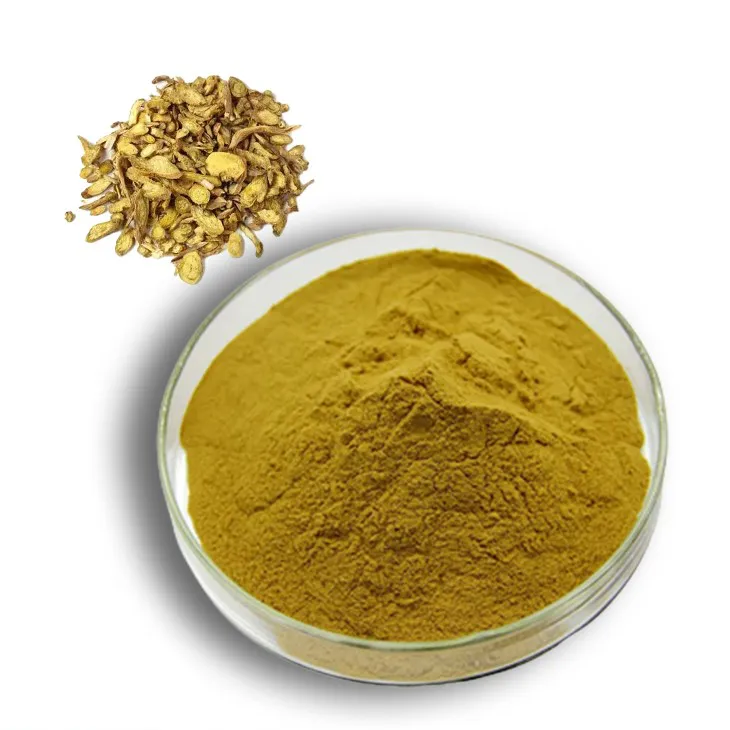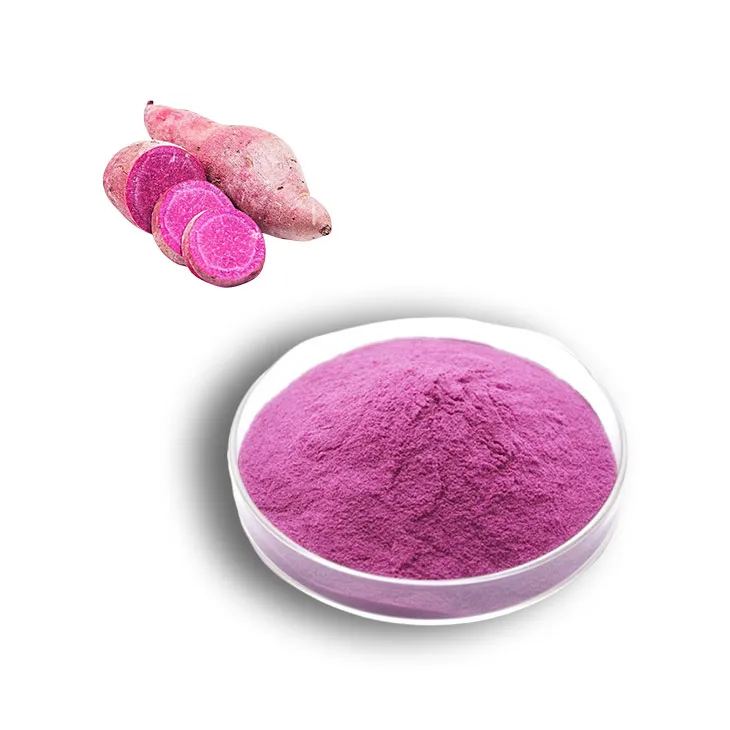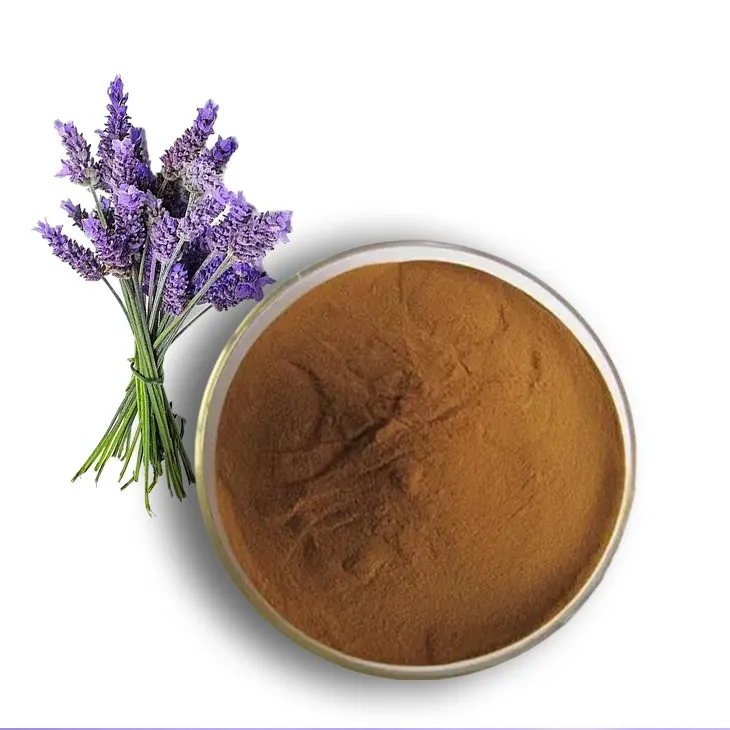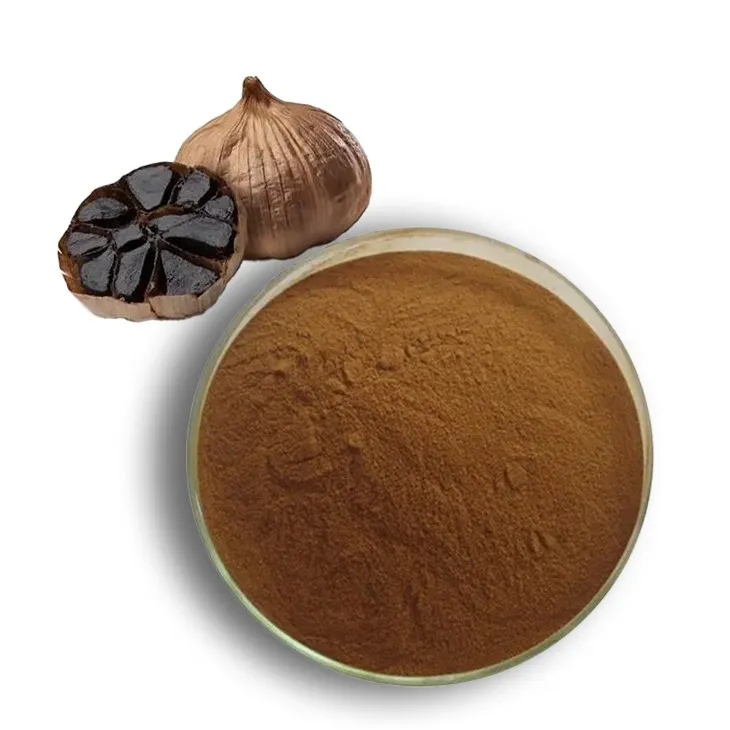- 0086-571-85302990
- sales@greenskybio.com
Seven Trends of Hop Extracts
2024-12-10
1. Introduction to Hop Extracts in the Beer Industry
Hop extracts play a crucial role in the beer industry. Hops are the flowers of the hop plant, and their extracts are used to add flavor, aroma, and bitterness to beer. For centuries, brewers have been using hops in various forms to create the distinct taste profiles that beer enthusiasts love. In modern brewing, hop extracts have become an essential ingredient, offering more control and consistency compared to using whole hops.
2. Trend 1: Growing Preference for Organic Hop Extracts
2.1 Consumer Demand for Organic Products
- In recent years, there has been a significant surge in consumer demand for organic products across various industries, and the beer industry is no exception. Consumers are becoming more health - conscious and environmentally aware, leading to a preference for organic hop extracts.
- Organic beer, made with organic hop extracts, is seen as a healthier and more sustainable option. It is free from pesticides and synthetic fertilizers, which are often used in conventional hop farming.
- Organic hop farming promotes sustainability. It uses natural methods to control pests and diseases, such as introducing beneficial insects and using crop rotation.
- Many breweries are now partnering with organic hop farmers to ensure a stable supply of high - quality organic hop extracts. This also helps in building a positive brand image as consumers are more likely to support breweries that are committed to sustainability.
3. Trend 2: Influence on Beer's Aroma Profiles
3.1 The Science of Aroma in Beer
- Hop extracts contain a complex mixture of volatile compounds that contribute to the aroma of beer. These compounds include terpenes, esters, and aldehydes.
- Each type of hop extract can impart a unique aroma, ranging from floral and fruity to spicy and earthy. For example, some hop extracts give off a strong citrus aroma, while others have a more herbal or pine - like scent.
- With the development of new hop varieties, brewers have more options to create distinct aroma profiles in their beers. Different hop breeds have different genetic make - ups, which result in varying aroma - producing compounds.
- For instance, the Citra hop is known for its intense citrus and tropical fruit aromas, while the Saaz hop imparts a more delicate, spicy - herbal aroma. Brewers can now precisely select and blend hop extracts to achieve the desired aroma in their beer creations.
4. Trend 3: Influence on Beer's Bitterness Profiles
4.1 Measuring Bitterness in Beer
- The bitterness in beer is typically measured in International Bitterness Units (IBUs). Hop extracts are a major contributor to the bitterness of beer.
- By adjusting the amount and type of hop extract used, brewers can control the bitterness level of their beers. For example, using a high - alpha - acid hop extract will result in a more bitter beer compared to a low - alpha - acid extract.
- While bitterness is an important characteristic of beer, it needs to be balanced with other flavors such as sweetness, maltiness, and acidity. Brewers use hop extracts to fine - tune this balance.
- A well - crafted beer will have a harmonious blend of bitterness and other flavors. For example, in a pale ale, the bitterness from the hop extract is balanced by the sweetness of the malt, creating a complex and enjoyable taste.
5. Trend 4: Technological Advancements in Hop Extract Production
5.1 New Extraction Methods
- Recent years have seen the development of new extraction methods for hop extracts. One such method is supercritical carbon dioxide extraction. This method uses carbon dioxide under supercritical conditions to extract the desirable compounds from hops.
- Supercritical carbon dioxide extraction has several advantages. It is a more environmentally friendly process compared to traditional solvent - based extraction methods. It also produces a cleaner and more pure hop extract, with better flavor and aroma retention.
- Technological advancements have also improved quality control and standardization in hop extract production. With the use of advanced analytical techniques, such as gas chromatography and mass spectrometry, producers can accurately measure the composition of hop extracts.
- This allows for more consistent production of hop extracts, ensuring that brewers receive a product with the same quality and flavor profile every time. Standardized hop extracts are also easier to use in large - scale brewing operations.
6. Trend 5: Hop Extracts in Craft Brewing
6.1 The Rise of Craft Brewing
- Craft brewing has experienced a remarkable growth in recent years. Craft brewers are known for their creativity and experimentation, and hop extracts play a vital role in their brewing processes.
- These brewers often use unique hop extracts to create signature beers with distinct flavors and aromas. They are not bound by the traditional brewing norms and are more likely to explore new hop varieties and extraction techniques.
- Using hop extracts allows craft brewers to differentiate their products in a highly competitive market. They can create limited - edition beers with rare or exotic hop extracts, attracting beer enthusiasts who are always on the lookout for something new and exciting.
- For example, some craft breweries use locally sourced hop extracts to create beers with a sense of place, appealing to consumers who value regional and local products.
7. Trend 6: Globalization of Hop Extract Trade
7.1 Expansion of Hop - Growing Regions
- The globalization of the hop extract trade has led to the expansion of hop - growing regions around the world. Traditionally, certain regions like the Pacific Northwest in the United States and parts of Europe were the major hop - growing areas.
- However, now new regions such as New Zealand and Australia are emerging as significant hop producers. This expansion provides brewers with a wider range of hop extracts to choose from, with different flavor and aroma profiles.
- With the globalization of the hop extract trade, there has been an increase in international collaborations in brewing. Breweries from different countries are partnering to create unique beers using a combination of hop extracts from different regions.
- For example, a European brewery might collaborate with a brewery in New Zealand to create a beer that combines the traditional European brewing style with the unique hop flavors from New Zealand.
8. Trend 7: Future Prospects and Innovations
8.1 Research and Development in Hop Genetics
- The future of hop extracts holds great potential for research and development in hop genetics. Scientists are working on breeding new hop varieties with enhanced flavor, aroma, and disease - resistance properties.
- These new varieties could lead to the creation of even more unique hop extracts, opening up new possibilities for brewers to create innovative beers.
- Beyond beer, hop extracts are also being explored for alternative uses. Some researchers are looking into the potential of hop extracts in the pharmaceutical and cosmetic industries.
- For example, the antibacterial and antioxidant properties of hop extracts could be utilized in the development of new drugs or skincare products. This diversification of uses could further increase the demand for hop extracts in the future.
9. Conclusion
The seven trends in hop extracts - the growing preference for organic extracts, their influence on aroma and bitterness profiles, technological advancements in production, their role in craft brewing, globalization of trade, and future prospects - are all shaping the modern brewing scene. As consumer preferences continue to evolve and technology advances, hop extracts will remain a key ingredient in the beer industry, with new opportunities for innovation and growth on the horizon.
FAQ:
Q1: Why is there a growing preference for organic hop extracts?
There are several reasons for the growing preference for organic hop extracts. Firstly, consumers are increasingly health - conscious and are more likely to choose products made with organic ingredients. Organic hop extracts are free from pesticides and other synthetic chemicals, which appeals to those who are concerned about chemical residues in their food and drinks. Secondly, the demand for high - quality, natural - tasting beer has risen. Organic hop extracts can often provide a more pure and distinct flavor profile compared to non - organic ones, which can enhance the overall quality of the beer.
Q2: How do hop extracts influence beer's aroma?
Hop extracts contain a variety of volatile compounds such as essential oils. These compounds are responsible for the characteristic aromas associated with hops, such as floral, citrus, piney, or earthy scents. When added to beer during the brewing process, these volatile components are released, imparting a complex and appealing aroma to the beer. Different varieties of hop extracts can contribute different aroma profiles, allowing brewers to create a wide range of aromatic experiences in their beers.
Q3: What role do hop extracts play in determining beer's bitterness?
Hop extracts contain alpha acids, which are the main contributors to beer's bitterness. During the brewing process, these alpha acids are isomerized, creating a bitter taste. The amount of hop extract added, as well as the type and quality of the hop extract, can significantly influence the level of bitterness in the beer. Brewers carefully control the addition of hop extracts to achieve the desired bitterness level, which is an important aspect of a beer's overall flavor balance.
Q4: How are technological advancements changing the production of hop extracts?
Technological advancements have had a significant impact on the production of hop extracts. New extraction methods have been developed, such as supercritical CO2 extraction, which is more efficient and can produce higher - quality extracts. These methods can better preserve the delicate flavors and aromas of the hops. Additionally, advancements in analytics allow for more precise quality control during the production process. This includes the ability to measure the levels of important compounds like alpha acids and essential oils more accurately, ensuring consistent quality of hop extracts.
Q5: In what ways are hop extracts used differently in modern brewing compared to traditional brewing?
In modern brewing, hop extracts are used more precisely and in a wider variety of ways compared to traditional brewing. With the help of advanced technology, brewers can add hop extracts at different stages of the brewing process to achieve specific flavor and aroma profiles. For example, some brewers use late - addition of hop extracts to maximize aroma without adding excessive bitterness. Also, the availability of different forms of hop extracts, such as liquid and dry extracts, gives brewers more flexibility in formulating their recipes. In traditional brewing, the use of hops was more straightforward and less targeted in terms of flavor and aroma manipulation.
Related literature
- The Impact of Hop Extracts on Beer Flavor"
- "Advances in Hop Extract Production Technology"
- "Organic Hop Extracts: A Growing Trend in the Beer Industry"
- ▶ Hesperidin
- ▶ Citrus Bioflavonoids
- ▶ Plant Extract
- ▶ lycopene
- ▶ Diosmin
- ▶ Grape seed extract
- ▶ Sea buckthorn Juice Powder
- ▶ Fruit Juice Powder
- ▶ Hops Extract
- ▶ Artichoke Extract
- ▶ Mushroom extract
- ▶ Astaxanthin
- ▶ Green Tea Extract
- ▶ Curcumin
- ▶ Horse Chestnut Extract
- ▶ Other Product
- ▶ Boswellia Serrata Extract
- ▶ Resveratrol
- ▶ Marigold Extract
- ▶ Grape Leaf Extract
- ▶ New Product
- ▶ Aminolevulinic acid
- ▶ Cranberry Extract
- ▶ Red Yeast Rice
- ▶ Red Wine Extract
-
Andrographis Paniculata Extract Powder
2024-12-10
-
Red Vine Extract
2024-12-10
-
Lily extract
2024-12-10
-
Tamarind extract powder
2024-12-10
-
Agaricus Blazei Extract
2024-12-10
-
Camu Camu Extract
2024-12-10
-
Scutellaria Extract
2024-12-10
-
Purple Sweet Potato Extract
2024-12-10
-
Lavender Extract
2024-12-10
-
Black Garlic Extract
2024-12-10











